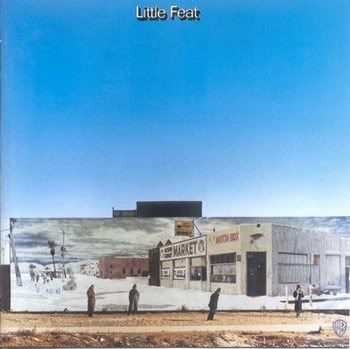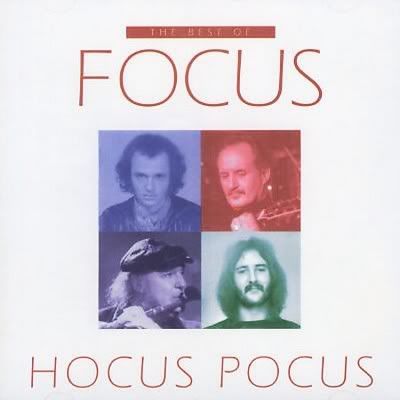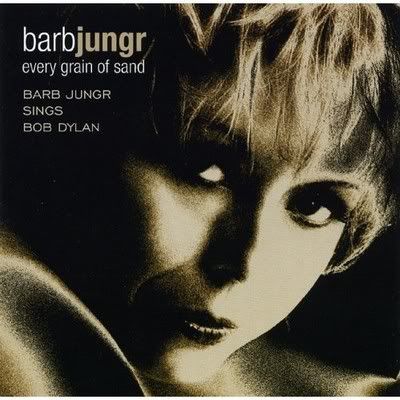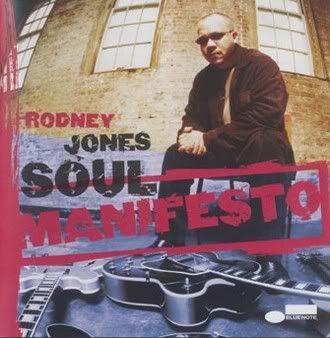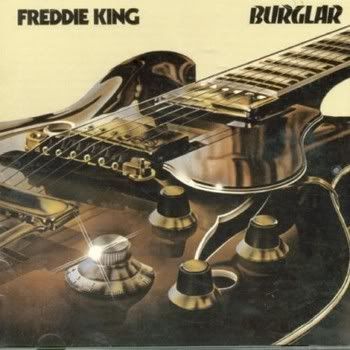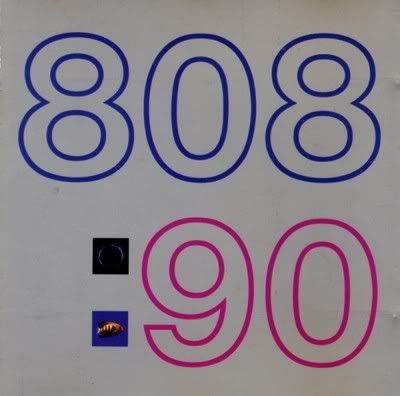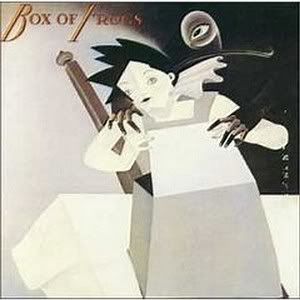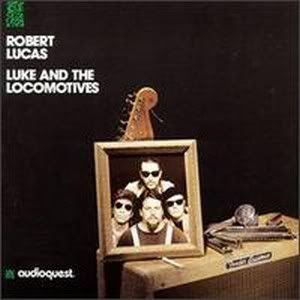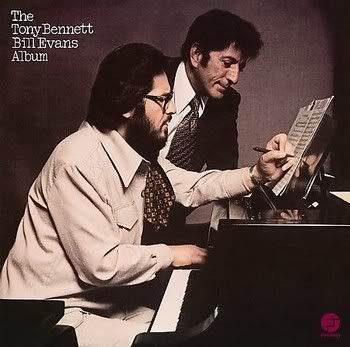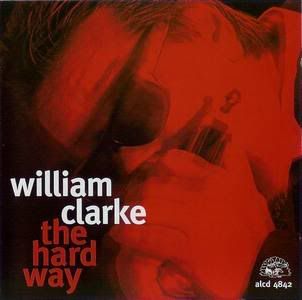
William Clarke - The Hard Way - 1996 - Alligator Records
His fourth CD from Alligator is his jazziest and bluesist recording to date. Clarke has written half of the compositions and put his own sound and style on those he did not write. Highlights include "The Boss" (inspired by saxophonist Willis Jackson) which is a fast jump that finds chromatic harp riffing along with a horn section -- some interesting ideas. Other tunes are the Benny Moten tune "Moten Swing," "My Mind is Working Overtime," (a Latin-tinged tune written by Clarke), and "Letter from Home." © Michael Erlewine, All Music Guide
TRACKS
1.The Boss
2.Five Card Hand
3.Fishin' Blues
4.Evil
5.Letter from Home
6.My Mind Is Working Overtime
7.Last Monday Morning
8.Moten Swing
9.Blues Is Killing Me
10.Don't Treat Me Wrong
11.Respect Me Baby
12.Other Side of Town
13.Walkin'
CREDITS
Glenn Nishida Assistant Engineer, Mixing Assistant, Engineer
Alex Schultz Guitar
Matt Minde Art Direction, Cover Design
Steve F'dor Piano
Dick Shuman Liner Notes
Jeff Dunas Photography
Bob Newham Drums
Bruce Iglauer Mastering
Jonny Viau Sax (Tenor)
Tyler Pederson Bass (Acoustic)
Fred Kaplan Piano
Dick Shurman Liner Notes
Greg Verginio Guitar
Jeff Ross Guitar
Eddie Clark Drums
William Clarke Mixing, Vocals, Producer, Main Performer, Harmonica, Liner Notes
Jay O'Rourke Mastering
Troy Jennings Sax (Baritone)
Rick Reed Bass (Acoustic)
REVIEWS
Los Angeles harp vet Clarke essays a swinging set of tunes that combines a loose, jazzy feel with a handful of rock-solid, Chicago-style stompers. The result is an intriguing hybrid that contains allusions to several different subgenres. Indeed, Clarke's avowed intention on THE HARD WAY is to tip his hat to the tenor sax-led organ trios that were an early influence on his musical mind. That style itself-an amalgam of jazz and blues-blurred dividing lines, and Clarke's arrangements of such tunes as Muddy Waters' "Evil" and the jazz chestnut "Moten Swing" further that cross-pollination with engaging results.
Clarke takes it a step further, though, by bringing in the saxes of Jon Viau and Troy Jennings. Their instrumental voices move the music toward a swinging, jazzy feel, realising the jazz influence that's often hinted at by such West Coast harpmen as James Harman. Clarke himself is the common thread that links all these elements. His thick, dirty tone provides a direct contrast to the sharp execution and eloquent lyricism of the lines he blows on these tunes Copyright 2005 REDMuze. For personal non-commercial use only. All rights reserved. www.channel4.com/music/music-core/album.jsp?albumId=262762
The harmonica is sometimes nicknamed the "Mississippi saxophone," but only a few players achieve the thick, blustery tone of a sax. William Clarke is one of those few, and on this album, The Hard Way, he pursues the saxophone analogy from his familiar field of the blues into the new territory of hard-swinging soul-jazz. Clarke, a West Coast disciple of George "Harmonica" Smith, has long been a fan of the tenor-sax-and- organ combos led by the likes of Willis Jackson, Gene Ammons, and Jack McDuff and now being revived as "acid jazz." Honking on his chromatic harmonica over the classic swing of his rhythm section, Clarke sounds like a straight-ahead jazz cat. With a subtle shift to a boogie beat or a slow moan, he's back in the blues again. © Geoffrey Himes amazon.com
Harmonica players should purchase this album to hear some amazing harmonica playing. Blues fans should purchase this CD to hear what a harmonica can sound like in the hands of a master. Music fans should purchase this albums to get over their prejudices of the harmonica's place in the world of music.© peter krampert amazon.com
BIO
Born: 1951 in Inglewood, CA. Died: 1996 in Fresno, CA. The heir apparent to Chicago's legacy of amplified blues harmonica, William Clarke was the first original new voice on his instrument to come along in quite some time; he became a sensation in blues circles during the late '80s and early '90s, stopped short by an untimely death in 1996. A pupil and devotee of George Harmonica Smith, Clarke was a technical virtuoso and master of both the diatonic harp and the more difficult chromatic harp (the signature instrument of both Smith and Little Walter). Where many new harmonica players had become content to cop licks from the Chicago masters, Clarke developed his own style and vocabulary, building on everything he learned from Smith and moving beyond it. His four '90s albums for Alligator earned wide critical acclaim and remain his signature showcases. Clarke was born March 29, 1951, in the South Central L.A. suburb of Inglewood; his parents had moved there from Kentucky and lived a blue-collar life. Clarke dabbled in guitar and drums as a youth, and grew up listening to rock & roll, but eventually found his way to the blues by way of the Rolling Stones' early albums. He took up the harmonica in 1967, and soon found his way onto the Los Angeles blues scene while working a day job as a machinist. Clarke's early style was influenced by Big Walter Horton, Junior Wells, James Cotton, and Sonny Boy Williamson II, but he soon began to incorporate the influence of '60s soul-jazz, mimicking the lines of the genre's top sax and organ players. He was a regular in South Central L.A.'s blues clubs, often hopping from one venue to another in order to keep playing all night. In this manner, he met quite a few West Coast blues luminaries, including -- among others -- T-Bone Walker, Pee Wee Crayton, Lowell Fulson, Big Mama Thornton, and George "Harmonica" Smith, who ultimately became his teacher and mentor. Smith and Clarke first began to perform and record together in 1977, and kept up their relationship until Smith's death in 1983. In the meantime, Clarke guested on sessions by West Coast artists like Smokey Wilson and Shakey Jake Harris, and released several of his own LPs, all recorded for small labels. The first was 1978's Hittin' Heavy, which was followed by 1980's Blues From Los Angeles; both were released on tiny local labels. 1983's Can't You Hear Me Calling was more of a proper debut, though Clarke still hadn't quite hit his stride yet. That would start to happen with 1987's Tip of the Top, a tribute to Smith that was issued by Satch and earned a W.C. Handy Award nomination. Clarke finally quit his job as a machinist that year, and followed Tip of the Top with a live album, Rockin' the Boat, in 1988. By this time, his reputation was beginning to spread beyond Los Angeles, despite the fact that none of his albums had yet achieved full national distribution. Clarke subsequently sent a demo tape to Alligator Records, and was immediately offered a contract. His label debut was the galvanizing Blowin' Like Hell, which earned rave reviews upon its release in 1990 and established him as a new, fully formed voice on amplified harmonica. Clarke hit the road hard, touring America and Europe over the next year; he also won the 1991 Handy Award for Blues Song of the Year, thanks to "Must Be Jelly." His follow-up, 1992's Serious Intentions, was equally blistering in its intensity. 1994's Groove Time added a horn section, bringing some of the jazz and swing undercurrents in Clarke's music forward. He pursued that direction even further on 1996's The Hard Way, his jazziest and most ambitious outing yet, which earned strong reviews once again. Unfortunately, Clarke's health was deteriorating; always a large man, hard living on the road was taking its toll on his body. He collapsed on-stage in Indianapolis in March 1996 and was diagnosed with congestive heart failure. Despite losing weight and living clean and sober from then on, the damage had been done; Clarke resumed his heavy touring schedule a few months later and seemed to have recovered, until he collapsed on-stage again in Fresno. He was admitted to the hospital with a bleeding ulcer and died the next day, November 2, 1996, when surgical attempts to save his life failed. He was only 45 and in the prime of his career. Posthumously, Clarke won three Handy Awards stemming from The Hard Way: Album of the Year, Song of the Year ("Fishing Blues"), and Instrumentalist of the Year for harmonica. In 1999, Alligator released a best-of compilation titled Deluxe Edition. © Steve Huey, All Music Guide Copyright © 2001-2004 Musicmatch®, Inc. For personal use only. All rights reserved.


